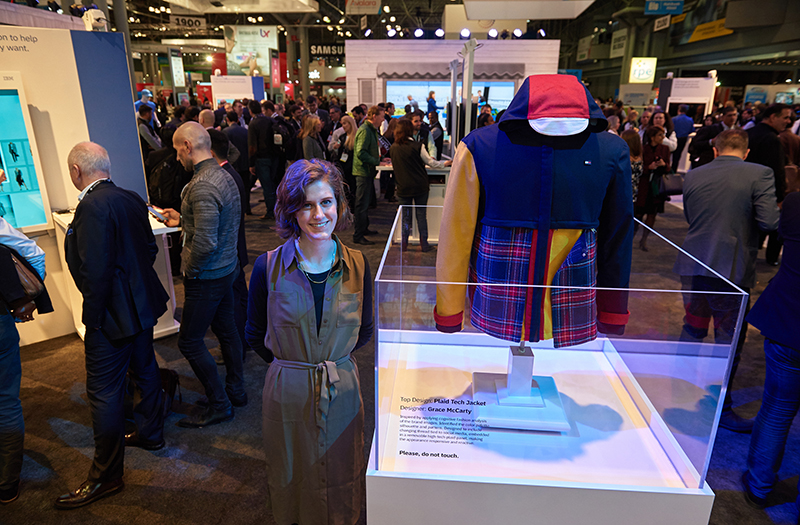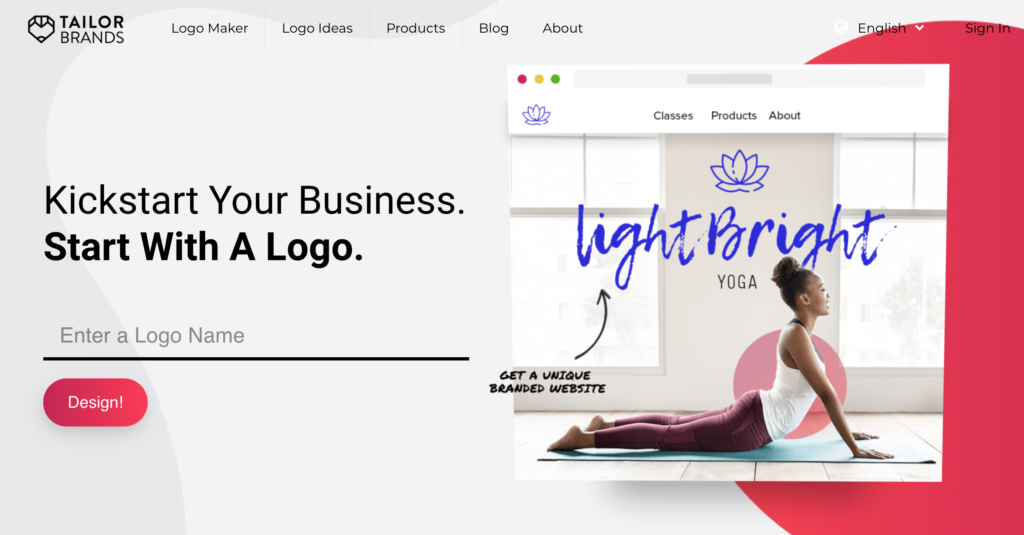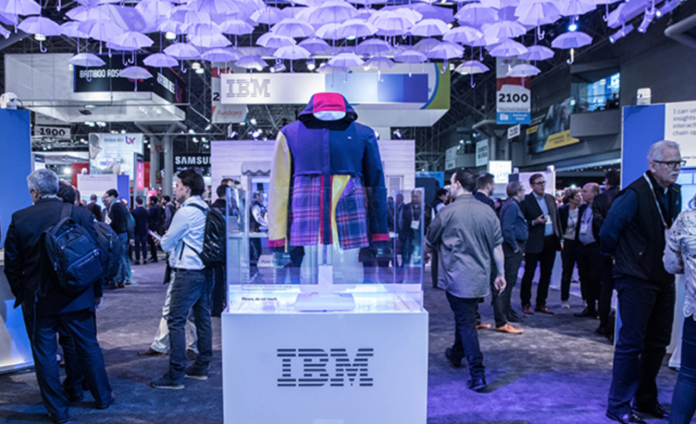(This is not a sponsored post)
This article was published in collaboration with Career Karma, a company dedicated to helping people transition into tech careers. In service of this mission, Career Karma works to show how once far-fetched technological advances are now impacting our daily lives, from the clothes you buy to the buildings you walk into.
Read on to learn how AI is shaping design, and thus our culture.
Artificial intelligence has made an impact in most industries, and the design sector is no exception. Although AI has become a buzzword, it’s still intriguing and mysterious because not everyone understands how it works.
Although AI is widely used in many fields, most consumers don’t even realize the products they buy are using it. According to a recent HubSpot global survey, 63 percent of people don’t know they’re already using AI. And that’s understandable; AI sounds like a futuristic, sci-fi movie concept. But AI is already here, and it’s here to stay.
The use of artificial intelligence has led to a debate in the design world. Since this technology promises to automate most design industry tasks, the designer’s role becomes more vague. Most believe they’re going to be replaced by AI. But this doesn’t necessarily have to happen. In this guide, we’re going to explain the influence of AI on the design industry.
What Is Artificial Intelligence?
Artificial intelligence uses algorithms and programming languages to help computers simulate human behavior. Through a sub-discipline of AI called machine learning, computers can learn from experience without human intervention. AI has become widely-used in many industries because it’s very connected with automation.
While machine learning makes computers learn by themselves, deep learning, which is also part of AI, provides them with the ability to think rationally and logically. That’s why this technology has become so indispensable in the modern world. Although it sounds like new terminology, “AI” was coined by John McCarty in 1955.
How Is it Implemented in the Design Industry?
Graphic design, Web design, animation, and fashion design, can all be influenced by AI. This technology’s primary purpose is to provide more automation, but the application will be different in each discipline. Here is how AI affects the design industry:
Fashion and AI
Before we dive into fashion, it’s essential to understand that AI has two variations; weak and strong AI. While weak AI is programmed to give human-like responses, strong AI works with reasoning. Smart speakers like Alexa or Siri are examples of weak artificial intelligence.
Strong AI can provide problem-solving responses, for example, by analyzing images. This type of technology is used in the fashion industry to identify trends and opportunities. Recently the Fashion Institute of Technology, IBM, and Tommy Hilfiger have worked together on an experiment to use AI to review 15,000 images from the brand and 600,000 public photos from runways and fashion shows.
The AI identified popular textures and patterns to come up with totally unique designs. This automated process can reduce the time designers would normally spend researching while creating new fashion pieces.

AI and Web Design
In the past, if you wanted to have a website, you had to find a Web developer and a Web designer, someone who was in charge of developing layouts and buttons. It used to be very expensive and challenging. Today, this process is much different thanks to AI. Platforms like Wix allow users to create a website from scratch without having to worry about coding.
Users just have to give Wix commands to come up with different design sets for their website. Artificial intelligence has made Web development available for everyone regardless of their career background.
This has been a cause of concern for many Web designers and developers because some people prefer to use these platforms instead of hiring a professional. However, Wix is only for simple design; if you want something more complex, you should hire a Web designer or developer.
AI and Graphic Design
Graphic design is one of the areas that has been the most influenced by artificial intelligence. Artificial graphic design automates the visual design process, for example, logo design. Tailor Brand is an AI-based company that automatically creates a logo once you provide a brief explanation of your brand and its name.

Although it might never be comparable to a graphic designer’s work, this platform is fast and affordable. So, it’s suitable for entrepreneurs who are just starting a business.
AI Automates Tedious Tasks
As we said above, artificial intelligence’s primary purpose is to provide automation. Therefore, it reduces human errors and automates tedious tasks. Unlike what people may think, artificial intelligence is not here to replace designers. It’s not here to take most of our jobs. Instead, it was invented to make our tasks more straightforward.
We can see that many companies are investing in AI-driven software because it automates their processes, and it’s no different for the design industry.
More Speed and Efficacy
AI has provided more speed and efficacy to the design industry. Although AI-driven results might not have the same aesthetic as human-created projects, artificial intelligence provides outcomes fast. Artificial intelligence and machine learning can drastically change the design industry.
AI-driven design software can help designers find new patterns, textures, and colors to use in new projects. This way, they can reduce research time, and focus on what’s most important – their creativity. Although there’s been an incredible advance in technology, computers still can’t think creatively, which is the main reason that AI will not replace designers.
AI Builds 3D Graphics
Designers can also use artificial intelligence to create 3D designs. This way, they have a more accurate idea of what their final project will look like. For example, architects can use 3D designs to create a detailed sample of a project.
Conclusion
AI has definitely shaken the professional world. Automation is here to stay, and we must embrace this change. AI has disrupted the fashion design industry, the graphic and web design sectors, and many others. However, this evolution doesn’t have to be negative, as AI has provided speed and efficacy to the design industry.
This article was published in collaboration with Career Karma.
Across The Culture works to make popular culture less maddening and more useful. If you’re a brand interested in partnering to create such content, send an inquiry to zander@acrosstheculture.com.
